Address
304 North Cardinal
St. Dorchester Center, MA 02124
Work Hours
Monday to Friday: 7AM - 7PM
Weekend: 10AM - 5PM
Address
304 North Cardinal
St. Dorchester Center, MA 02124
Work Hours
Monday to Friday: 7AM - 7PM
Weekend: 10AM - 5PM

As pet parents, we all want our furry friends to thrive—better digestion, sharper minds, and fewer trips to the vet. But did you know that your dog’s lightning-fast eating habits could be a hidden health hazard? Fast eating leads to issues like bloat, obesity, and even behavioral challenges. This is where the slow feeder dog bowl steps in—a clever tool that slows down mealtime and taps into your dog’s natural foraging instincts.
In this guide, we’ll explore the science behind why dogs (and even cats) benefit from slow eating dog bowls, supported by veterinary research. Then, we’ll introduce our innovative silicone and themed licking pads, like the silicone slow food pad, designed to make mealtime both healthy and fun. Whether you have a gulping Golden Retriever or a curious kitten, you’ll discover how these products can extend meals by up to 10 times while adding joy. Let’s dive in!
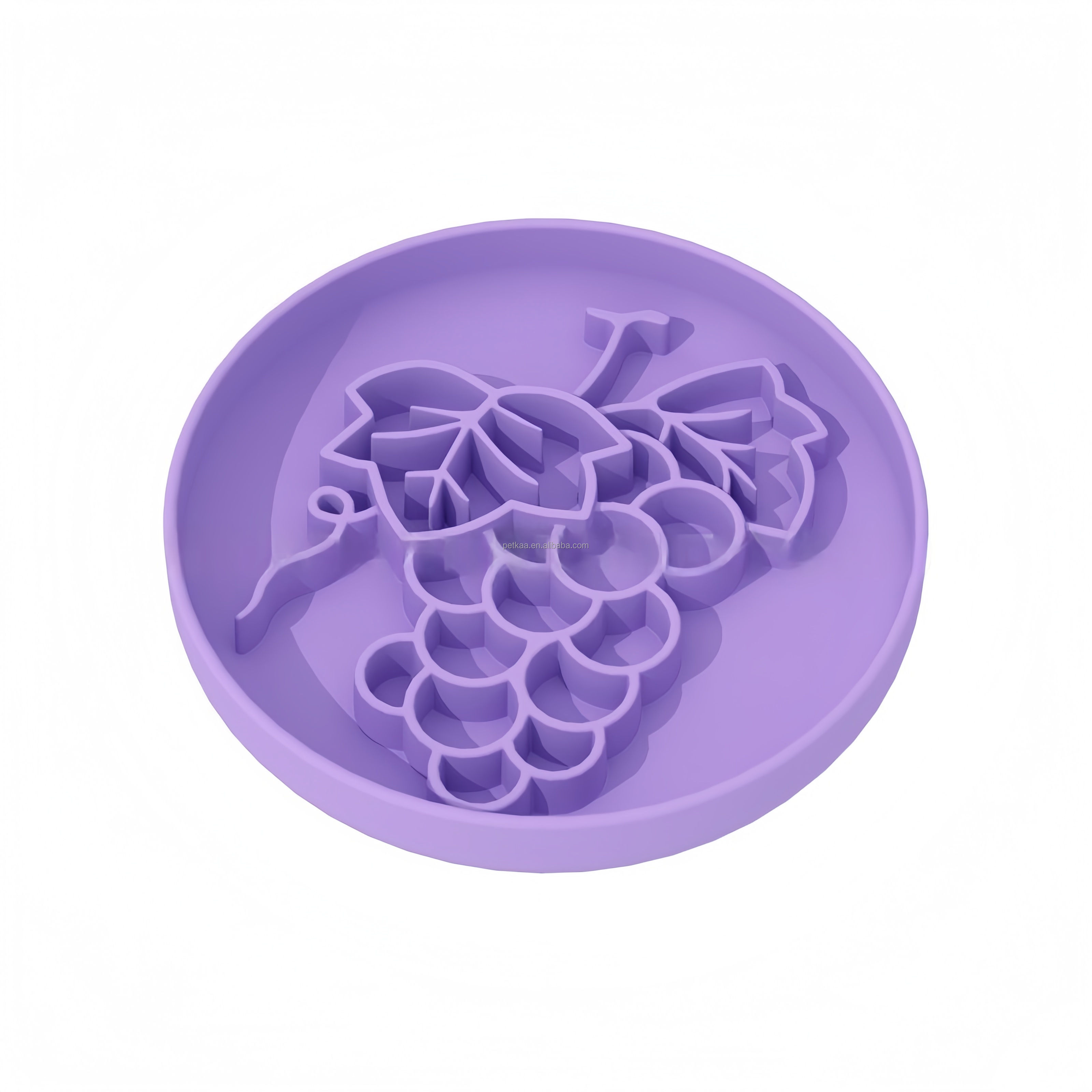
Dogs evolved from wolves, foraging slowly over hours rather than devouring kibble in seconds. Modern feeding often skips this natural pace, leading to what vets call the “scarf and barf” syndrome. Research from the American Kennel Club (AKC) and the Journal of Veterinary Behavior shows fast eating affects up to 50% of dogs, causing:
For flat-faced breeds, a slow feeding bowl for french bulldog is a must—brachycephalic snouts worsen gulping. Cats benefit too: a slow eating cat bowl reduces hairball vomiting. Vets suggest starting slow feeders early, cutting lifelong risks by 50%, per a 2022 Applied Animal Behaviour Science study. If your pup finishes in under a minute, it’s time for a slowest dog feeder bowl.
Slow feeders do more than protect health—they enrich lives.
Multi-pet homes love slow feed dog bowl stainless for peace at mealtime. Slow feeding aligns with evolution, slashing risks while sparking joy.
Watch for:
At-risk breeds: Bulldogs, Labs, Pugs. Kittens too—slow feeder for kittens curbs picky eating early.
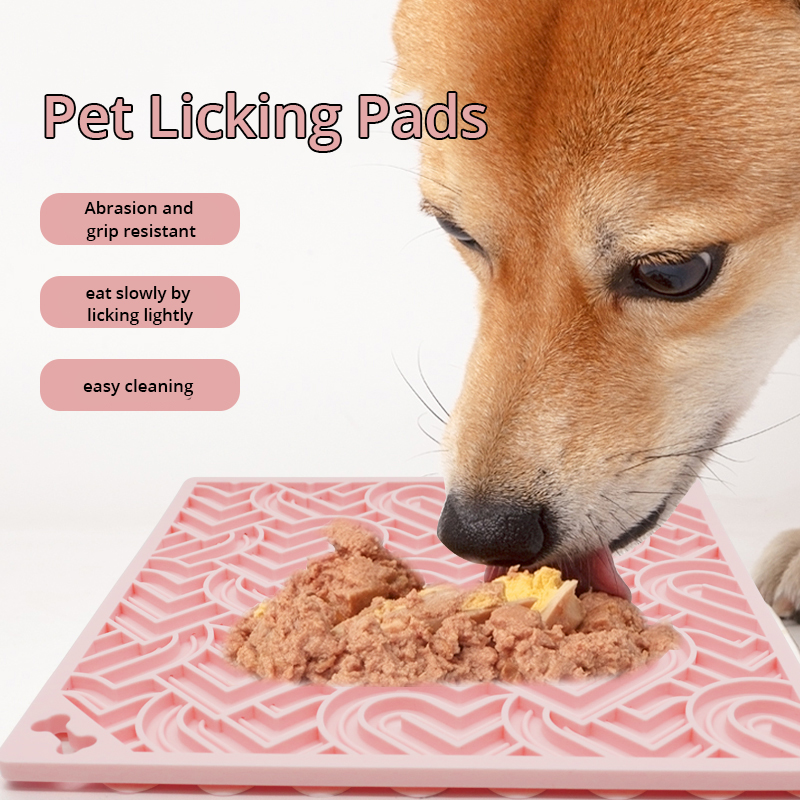
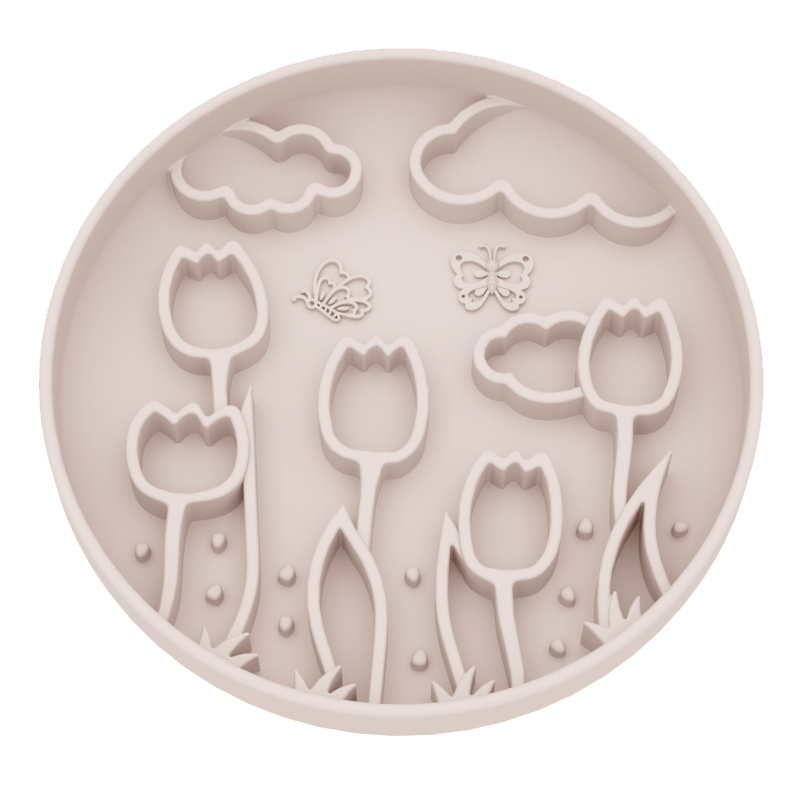
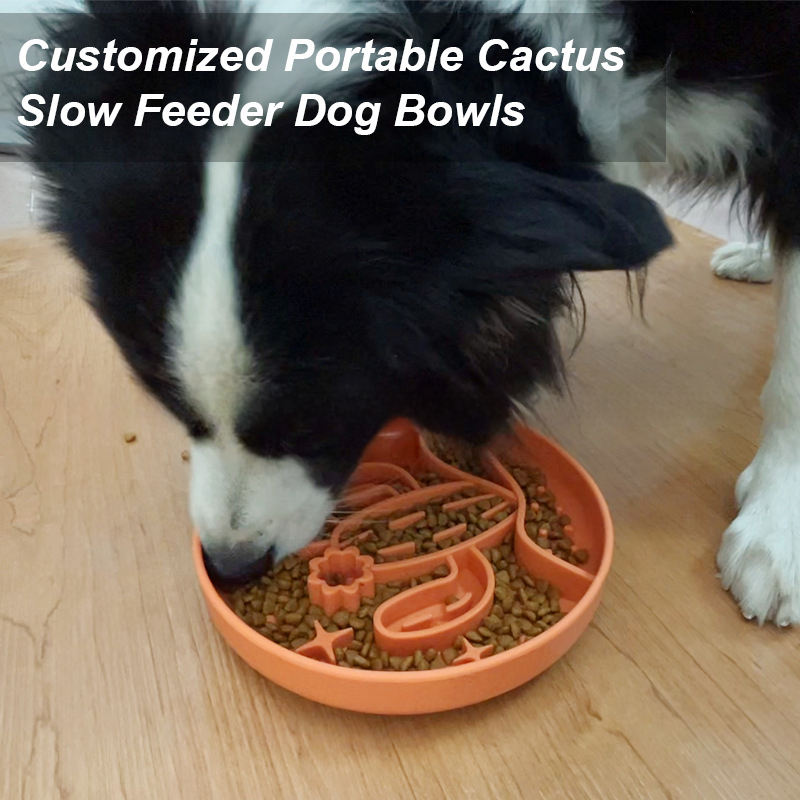
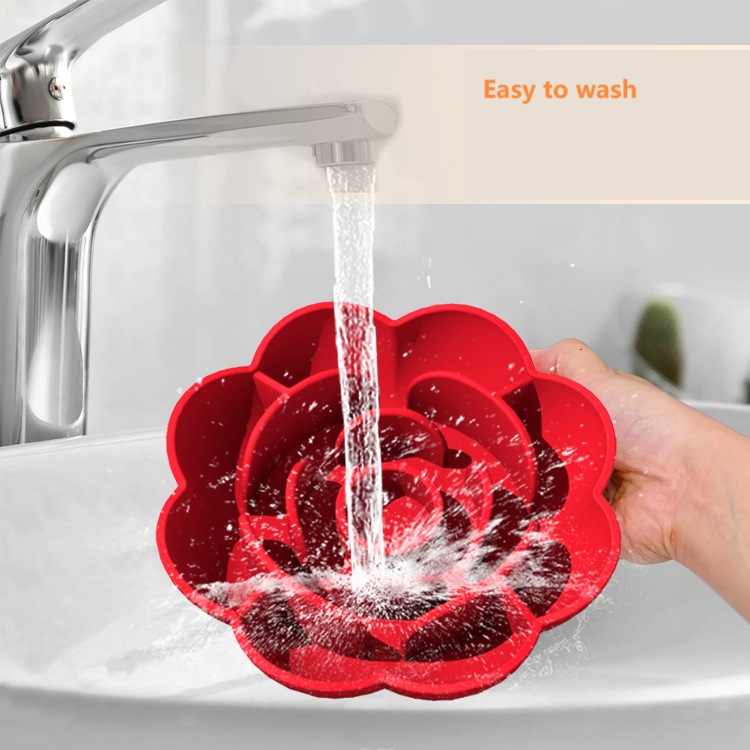
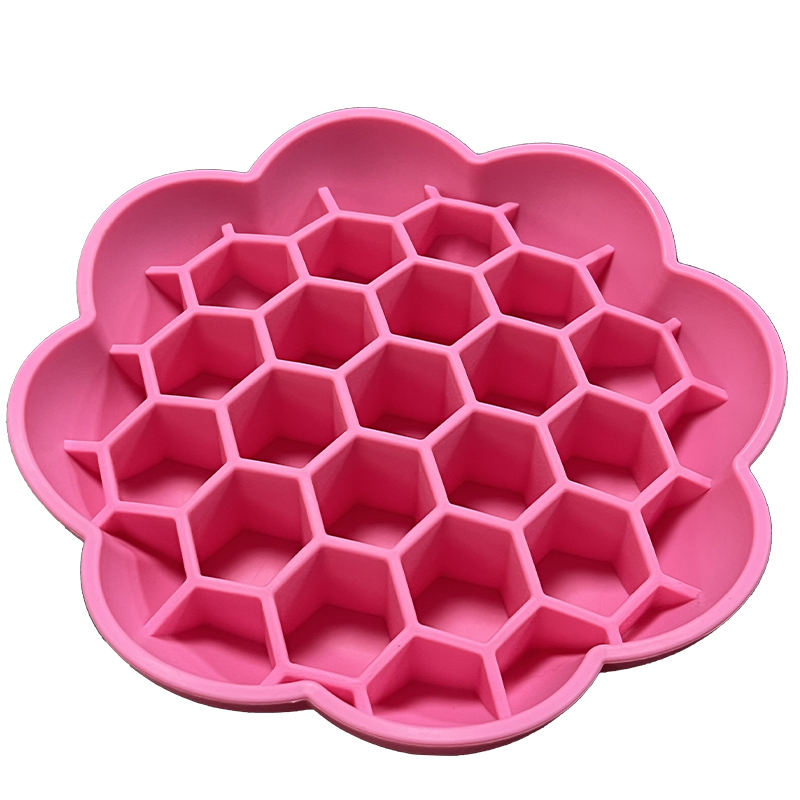
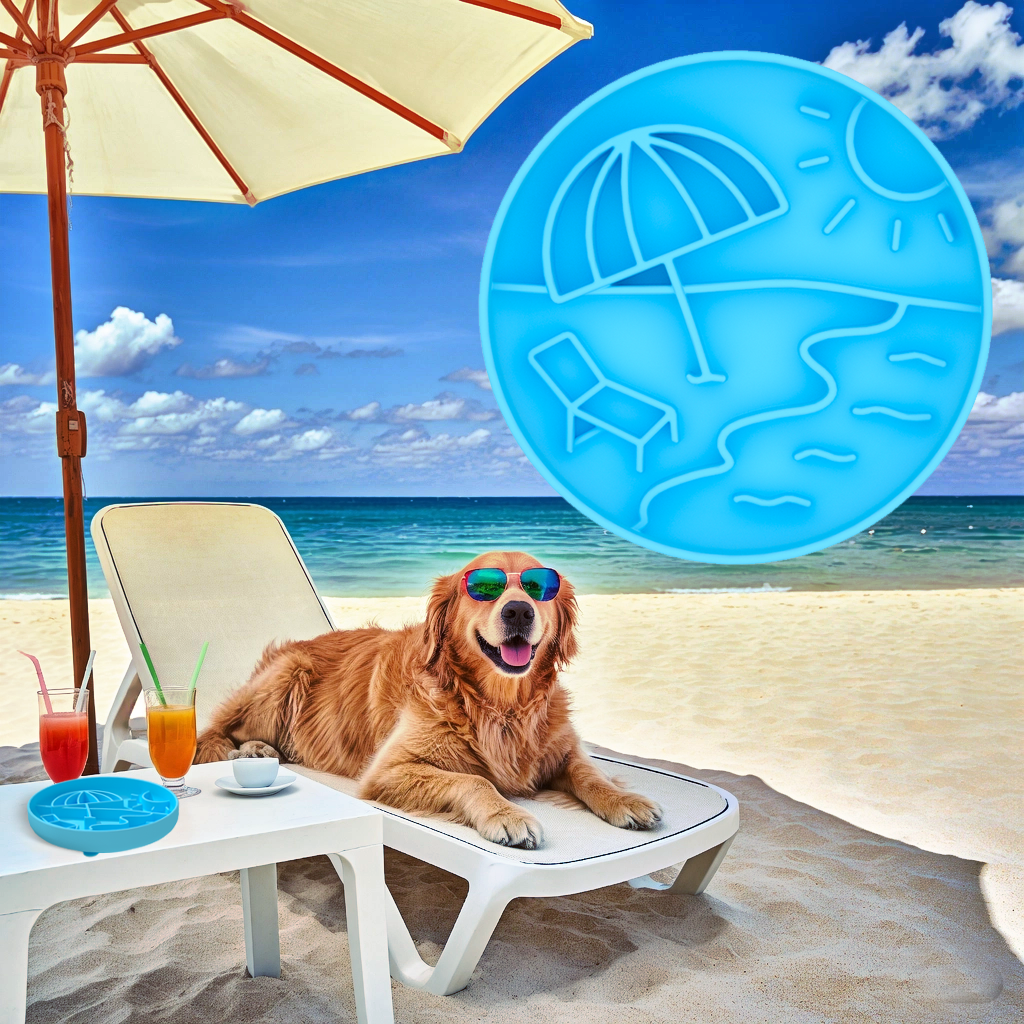
Now, let’s meet our star products: our silicone licking pads, including the silicone slow food pad, designed to slow eating while adding a playful twist. Crafted from food-grade, BPA-free silicone, these pads are flexible, non-toxic, and perfect for on-the-go pet parents.
Customer rave: “My Shiba slowed from 20 seconds to 5 minutes with the tulip pad—vet-approved!” (Jenny, verified buyer). Available in sizes for all breeds, these pads outshine basic dog dish slow feeder options with lab-tested durability for 1,000+ washes. Pair with an elevated dog food bowl stand for extra comfort.
Our themed licking pads bring style and function together:
Transform mealtime with our silicone licking pads—health, happiness, and a touch of whimsy in every lick.